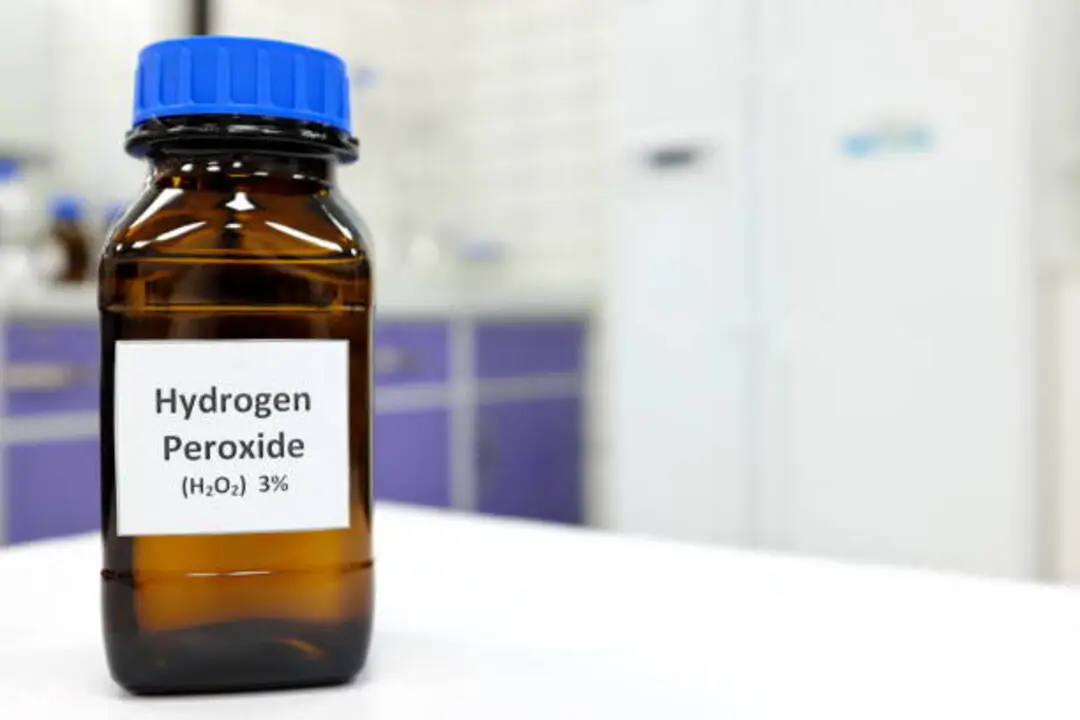Are you puzzled by those confusing knobs and settings on your washing machine, particularly the mysterious hand wash cycle? It’s more than just a fancy feature; it’s designed to provide optimal care for delicate fabrics, preserving their lifespan.
This comprehensive guide will quench your curiosity about the hand wash cycle, explaining its purpose, how it differs from other cycles, and the steps to use it effectively. Dive in and start mastering laundry with your washing machine today!
KEY INFORMATION
- The hand wash cycle on a washing machine is designed for delicate fabrics and provides a gentle clean, mimicking the process of hand washing clothes.
- This cycle differs from regular cycles by using slower agitation, shorter spinning times, lower water levels, and lower temperatures to protect delicate items from damage.
- To use the hand wash cycle effectively, select appropriate settings based on fabric type and dirtiness level, use the correct water temperature and detergent, and properly prepare garments.
- Mesh laundry bags can be used to protect delicate items during the hand wash cycle. Stain removers or conditioners can be added as needed.
What Does the Hand Wash Cycle Mean on a Washing Machine?

The hand wash cycle on a washing machine is specifically designed for delicate garments that require gentle and careful cleaning.
1. Understanding the purpose and benefits of the hand wash cycle
The hand wash cycle on a washing machine is very helpful. It gives your clothes a gentle clean, just like washing by hand. This cycle moves slower and uses less water. Your clothes stay nice longer because the cycle is not rough or tough on them.
Different from other cycles, it is perfect for delicate items like silk shirts or lace dresses. Using this cycle instead of regular ones can help you take better care of your special clothes.
2. How it differs from other cycles
The hand wash cycle on a washing machine is different from other cycles because it is specifically designed for delicate garments and fabrics that require gentle treatment. Unlike regular wash cycles, the hand wash cycle uses slower agitation and shorter spinning times to reduce the risk of damage to delicate items.
It also uses lower water levels and temperatures to protect sensitive fabrics. This cycle mimics the process of hand washing clothes in a sink, providing a gentler clean while still effectively removing dirt and stains.
So when you have delicate or fragile items that need special care, using the hand wash cycle ensures they are treated with extra caution during the washing process.
How to Use the Hand Wash Cycle

To use the hand wash cycle, start by selecting the appropriate settings for your garments based on their fabric type and level of dirtiness.
1. Selecting the appropriate settings for different fabrics and items
To properly care for your clothing and linens, it’s important to select the right settings on your washing machine. Here are some tips on how to choose the appropriate settings for different fabrics and items:
- Sort your laundry: Separate your clothes based on color and fabric type. This will help you determine which settings to use.
- Read garment labels: Check the care instructions on each item of clothing. Look for any specific recommendations regarding washing temperature, cycle type, and drying instructions.
- Use the delicate cycle for fragile fabrics: Delicate or lightweight fabrics like silk, lace, or chiffon should be washed on a gentle or delicate cycle. This helps prevent damage to the fabric.
- Choose a higher spin speed for sturdier items: For heavyweight or sturdy items like denim or towels, a higher spin speed can help remove excess water more effectively.
- Adjust water temperature accordingly: Some fabrics require cold water washing, while others can handle warmer temperatures. Check the labels and select the appropriate setting on your machine.
- Consider using special cycles: Some machines have specific cycles designed for certain types of items, such as bedding or bulky/heavy garments. Utilize these cycles when appropriate.
2. Using the correct water temperature and detergent
To properly hand wash clothes in a washing machine, it’s important to use the right water temperature and detergent. Different fabrics require different water temperatures for effective cleaning.
For example, delicate items like silk or wool should be washed in cold water to prevent shrinking or damage. On the other hand, heavily soiled items may need warmer water to remove stains effectively.
Choosing the correct detergent is also crucial. Some detergents are specially formulated for hand washing or delicate fabrics, while others are designed for regular machine washing.
Using the wrong detergent can cause color fading, fabric weakening, or residue buildup on your clothes.
3. Preparing the garments for hand washing in the machine
Before using the hand wash cycle on your washing machine, it’s important to properly prepare your garments. Here are some steps to follow:
- Sort your clothes: Separate delicate items from heavy or bulky ones. This will help prevent damage during the hand wash cycle.
- Check the garment labels: Read the care instructions on each item to make sure they can be washed in a machine and determine if they require any special treatment.
- Empty pockets and close zippers: Remove any items from pockets and zip up zippers to avoid snagging or tangling during the wash.
- Fasten buttons and hooks: Button up shirts, blouses, or dresses, and secure any hooks or fasteners to prevent them from getting caught on other clothing.
- Use mesh laundry bags: For extra protection, place delicate items like lingerie, hosiery, or small accessories in mesh laundry bags before placing them in the washing machine.
- Treat stains beforehand (if needed): If you have stained garments, pretreat them with a stain remover according to the product instructions before adding them to the machine.
- Be mindful of fabric types: Consider grouping similar fabrics together for more effective cleaning and to prevent damage caused by different materials rubbing against each other.
Tips for Hand Washing in a Washing Machine

To properly hand wash items in a washing machine, use mesh laundry bags for delicate items, add stain removers or conditioners as needed, and maximize the effectiveness of the hand wash cycle.
1. Using mesh laundry bags for delicate items
To protect delicate items during the hand wash cycle, it’s a good idea to use mesh laundry bags. These bags are designed to keep delicate fabrics from tangling or getting damaged in the washing machine.
Simply place your delicate items, such as lingerie or delicates with lace or embellishments, inside the mesh bag before starting the hand wash cycle. The mesh allows water and detergent to pass through while providing a barrier that prevents snags and tears.
This helps to ensure that your delicate items come out of the wash looking their best, without any damage or distortion. So, next time you’re using the hand wash cycle on your washing machine, remember to use a mesh laundry bag for those delicate clothes!
2. Adding stain removers or conditioners as needed
To effectively clean your clothes using the hand wash cycle on a washing machine, you may need to add stain removers or conditioners as needed. Stains can be stubborn and require extra attention, so applying a stain remover before washing can help remove them more effectively.
Similarly, using a conditioner can help keep your clothes soft and fresh after the wash. By adding these products when necessary, you can enhance the cleaning process and ensure that your garments come out looking their best.
3. Maximizing the effectiveness of the hand wash cycle
To maximize the effectiveness of the hand wash cycle on your washing machine, there are a few things you can do. First, make sure you select the appropriate settings for different fabrics and items.
This will help ensure that your clothes are cleaned gently and thoroughly without any damage. Secondly, use the correct water temperature and detergent. Following the instructions on your garment labels or detergent packaging can help you determine what settings to choose.
Lastly, prepare your garments properly for hand washing in the machine by turning them inside out, closing zippers or buttons, and placing delicate items in mesh laundry bags. These steps will help protect your clothes while they go through the hand wash cycle.
FAQs

1. What does the hand wash cycle on washing machines do?
The hand wash cycle on washing machines is a gentle setting for taking care of clothing and linens that need kind care.
2. How should I load my washing machine during the hand wash cycle?
You can load your clothes in it with respect, choose the correct washer settings as per instructions, and use the right amount of laundry detergent for success.
3. Do all washing machines have a hand wash option?
No, not all washing machines have a specific hand wash option, but they often will have a ‘delicate’ or ‘gentle’ cycle which you could use instead.
4. Can I still keep my clothes clean if there’s no hand wash setting on my machine?
Yes! By selecting washer settings like quick wash or delicate, dosing detergent correctly, and loading your machine in the right way; you can surely keep them tidy.
5. Is there anything else I should know about using different cycles on my machine?
Knowing when to use each type of cycle, like the Hand Wash vs. Delicate Cycle comparison, can help ensure your laundry routine’s success while taking good care of your clothes.
Conclusion and final thoughts
In conclusion, The Ultimate Guide to Understanding the Hand Wash Cycle on Washing Machines is a valuable resource for anyone looking to properly care for their clothing and linens.
By understanding the purpose and benefits of the hand wash cycle, selecting the appropriate settings, and following helpful tips, you can ensure that your laundry routine is a success.
With this guide, you’ll be able to confidently use your washing machine’s hand wash cycle and keep your garments looking their best.










